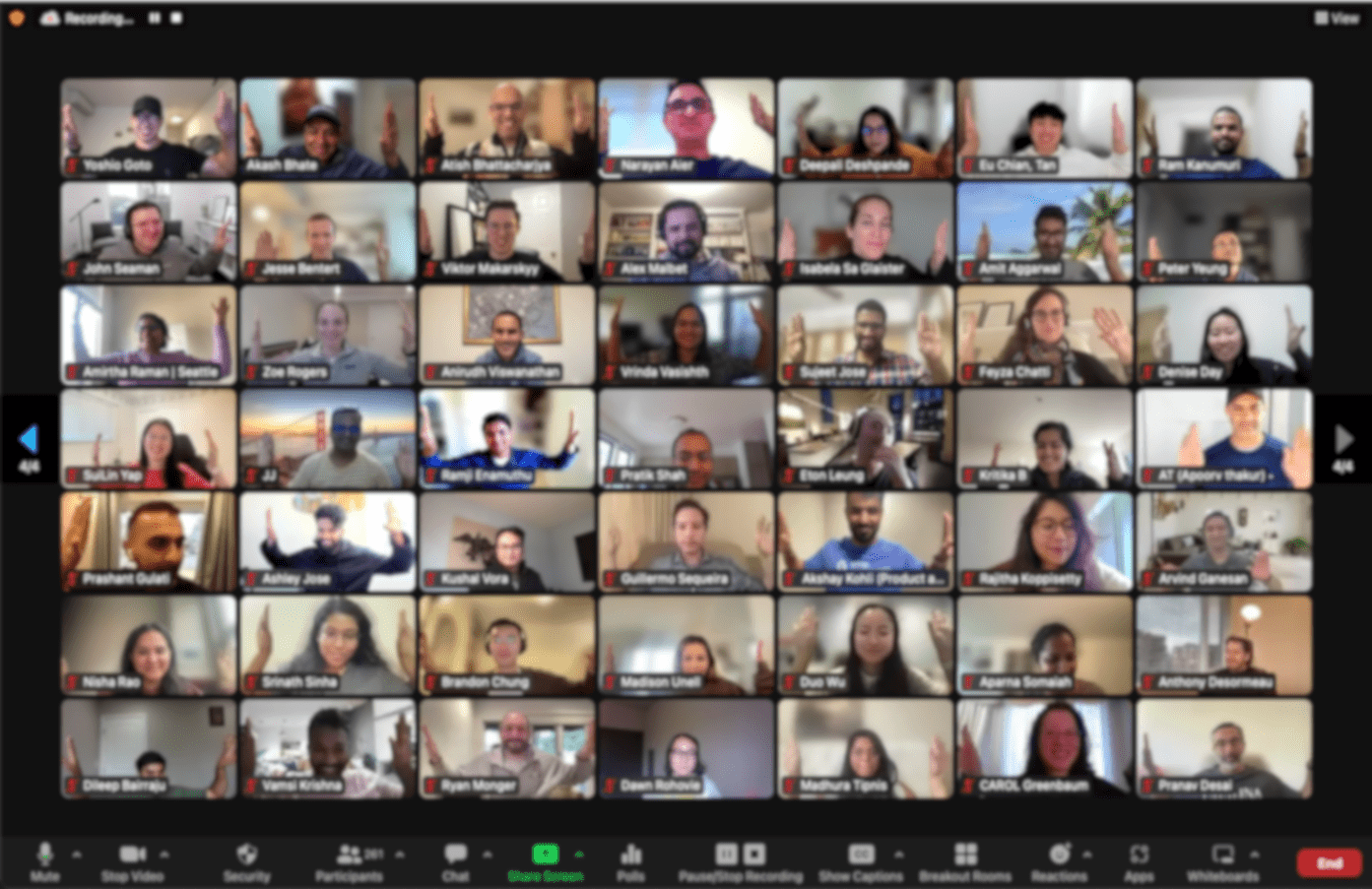Building Strong Relationships: The Key to Successful Collaboration
Understanding the Developer's Perspective
Key Developer Concerns
- Technical Complexity: Developers often deal with complex technical problems that require creative problem-solving skills and a deep understanding of the technologies involved.
- Time Constraints: Developers are frequently under pressure to deliver features and fixes on tight deadlines, making efficient time management crucial.
- Code Quality: Writing clean, maintainable code is a top priority for developers, as it reduces technical debt and ensures the long-term success of the product.
- Testing and Debugging: Thorough testing and debugging are essential for delivering a reliable, bug-free product to users.
Communication: The Foundation of Collaboration
Tips for Effective Communication
- Be Clear and Concise: Clearly articulate your requirements, objectives, and expectations to avoid confusion and misunderstandings.
- Listen Actively: Pay attention to the developer's input, ask clarifying questions, and acknowledge their concerns.
- Choose the Right Medium: Select the appropriate communication channel (e.g., email, instant messaging, or face-to-face meetings) based on the complexity and urgency of the information being conveyed.
- Be Responsive: Respond promptly to inquiries and requests for feedback to keep the development process moving forward.
Setting Expectations and Defining Roles
Role Clarity
- Product Manager: As the product manager, you are responsible for defining the product vision, setting priorities, and communicating requirements to the development team.
- Developers: Developers are responsible for translating product requirements into functional code, testing and debugging the product, and providing feedback on technical feasibility and implementation details.
Setting Expectations
- Establish Priorities: Clearly communicate the priorities of the project, including the most important features, deadlines, and milestones.
- Define Success Criteria: Clearly define what constitutes a successful outcome for each task or feature, including specific requirements and acceptance criteria.
- Provide Context: Help developers understand the rationale behind your decisions by providing context and explaining the broader business goals.
Collaborative Problem Solving: Tackling Challenges Together
Tips for Collaborative Problem Solving
- Involve Developers Early: Include developers in the planning and decision-making process to ensure that they understand the product vision and can provide valuable input on technical feasibility and implementation details.
- Be Open to Feedback: Encourage developers to share their ideas, concerns, and suggestions, and be open to reevaluating your own assumptions based on their input.
- Leverage Developer Expertise: Tap into the expertise of your development team by seeking their advice on technical challenges and potential solutions.
- Celebrate Successes: Recognize and celebrate the accomplishments of your team to foster a positive working environment and promote a sense of ownership and pride in the product.
Agile Methodologies: Embracing Flexibility and Adaptability
Key Agile Principles
- Iterative Development: Agile development focuses on delivering small, incremental improvements to the product, allowing for more frequent feedback and adjustments.
- Cross-Functional Teams: Agile teams typically include members from various disciplines, fostering collaboration and shared ownership of the product.
- Regular Communication: Agile practices, such as daily stand-up meetings and sprint reviews, encourage frequent communication and ensure that the team remains aligned and informed.
- Embracing Change: Agile methodologies prioritize flexibility and adaptability, allowing teams to respond quickly to changing requirements and market conditions.
Scrum Framework
- Product Owner: The product owner (often the product manager) is responsible for defining and prioritizing the product backlog, which includes user stories, features, and bug fixes.
- Scrum Master: The Scrum Master facilitates the Scrum process, ensures that the team adheres to Agile principles, and removes any obstacles that may impede progress.
- Sprints: Development work is organized into time-boxed iterations called sprints, typically lasting two to four weeks.
- Sprint Planning: At the beginning of each sprint, the team meets to discuss and plan the work that will be completed during the sprint.
- Daily Stand-ups: Short daily meetings where team members provide updates on their progress, discuss any obstacles, and coordinate their efforts.
Balancing Technical Debt and Product Priorities
Tips for Balancing Technical Debt
- Acknowledge the Importance: Recognize the impact of technical debt on your product's performance, maintainability, and future development efforts.
- Communicate with Stakeholders: Keep stakeholders informed about the need to address technical debt and its potential consequences if left unaddressed.
- Schedule Regular Maintenance: Allocate time for developers to work on addressing technical debt, such as refactoring code, updating dependencies, and improving documentation.
- Incorporate Debt Reduction in Planning: Include technical debt reduction tasks in your product roadmap and prioritize them alongside new features and bug fixes.
Fostering a Successful Partnership
Related Courses
Hacking Engineering Management: Achieving Bigger Impact Where It Counts
Learn the system to always deliver high-impact results as an EM under pressure.
Technical Foundations & AI Prototyping for Product Managers
Two related skills in one course: master tech to speak the same language with your team. Use it to AI-prototype features or a side project.
Communication and Stakeholder Management for PMs
Stop wasting time with unproductive conversations: get the frameworks, tools & practice you need to advance your communication skills.
Capability Development
Make strategy actionable through a set of capabilities that shape your organization transformations
Communication Engineering
Think Like an Expert. Talk Like an Executive. Thrive in the AI Era.
Impact through Influence in Engineering Teams
Practical skills for engineers & leaders to win buy-in, build trust, and drive results without authority. No fluff, just results.
You might also like

Product Management Playbook: How to Scale with Killer Documentation

Building Strong Product Management and DevOps Collaboration

Best Product Management Courses in 2023

